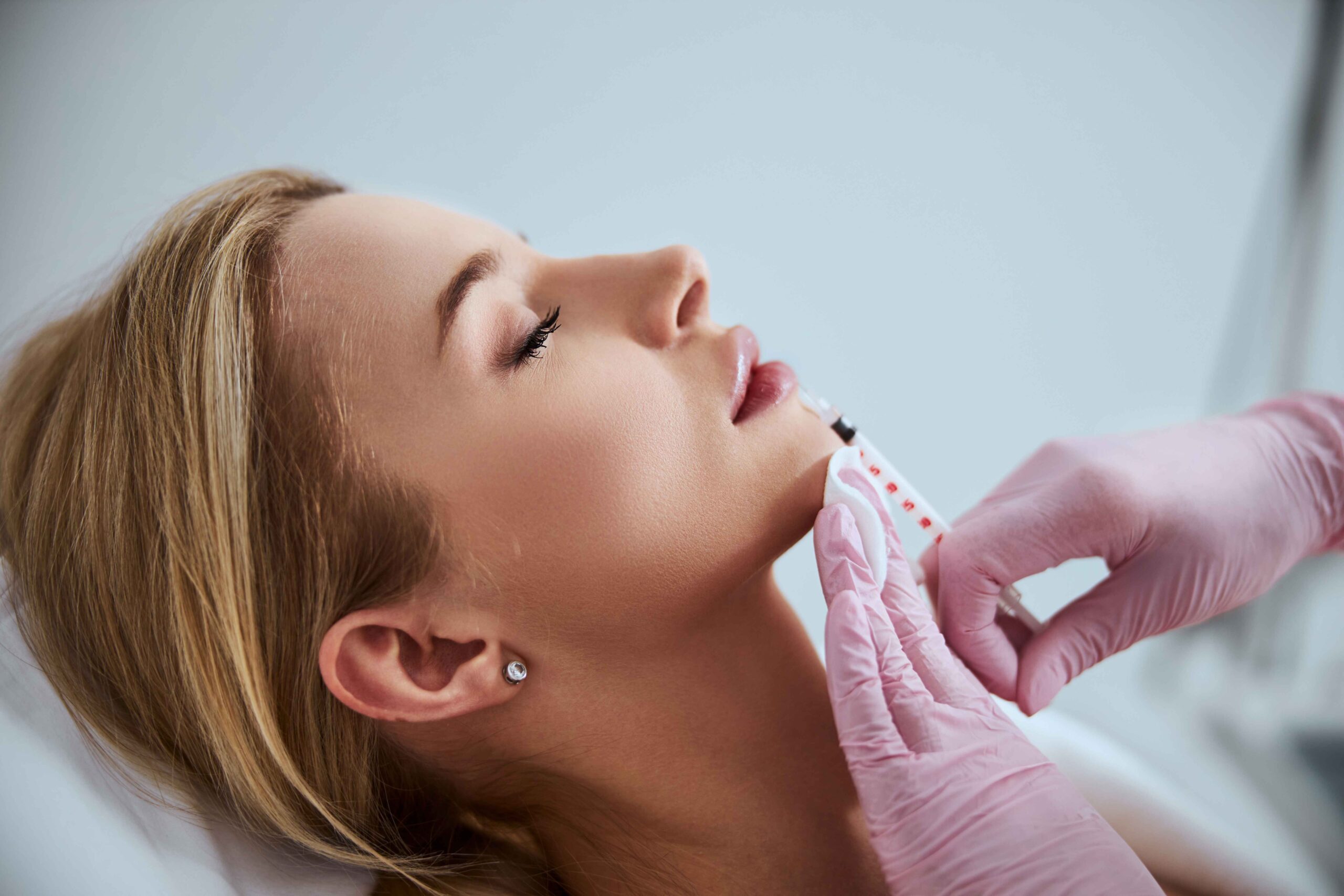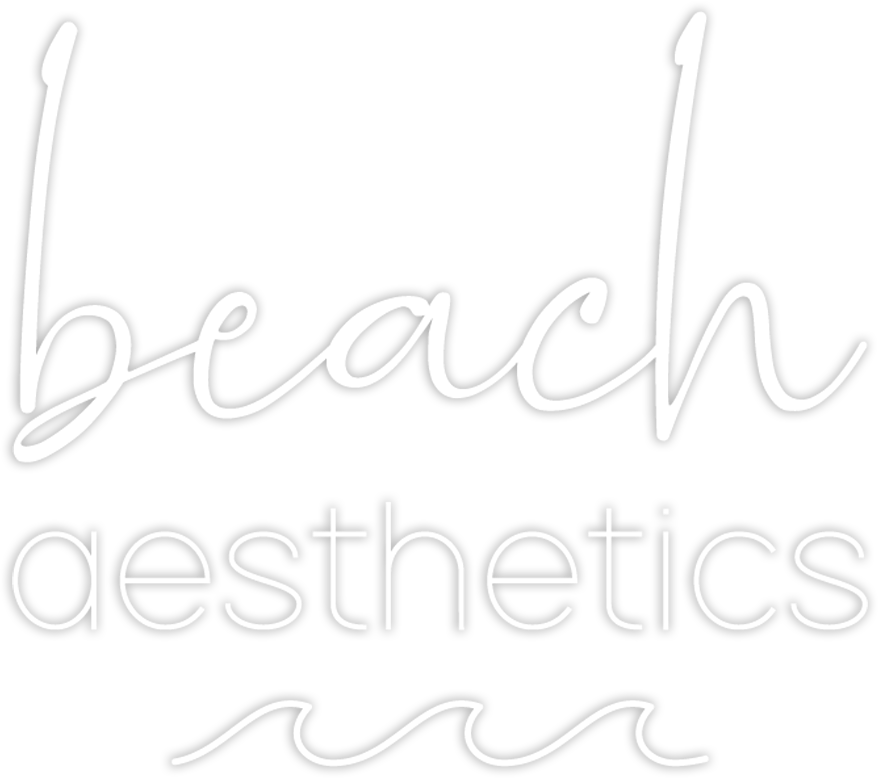How to Choose the Right Dermal Filler for You

Three general classes of dermal fillers are commonly used in the last few years: temporary, semi-permanent, and permanent. Each class has its respective primary ingredient, which we will discuss more in this article. This can help you choose which dermal filler is best for your goals.
Remember that even if you want longer-lasting results, your body may only tolerate the more temporary class. A dermatologist such as Dr. Rayman from Beach Aesthetics will be able to tell you more.
1. Calcium Hydroxylapatite
This substance occurs naturally in the body, mostly in the bones. However, the calcium hydroxylapatite that surgeons use is synthetically produced using biochemical processes. By not associating it with someone’s body, surgeons remove the risk of your body rejecting the dermal filler. This dermal filler has few, if any, side effects and it produces natural results.
The people for whom this would be a good choice would be those who have moderate creases and wrinkles and people who experience an unnatural slimming of their faces because of treatments for HIV. It’s also a good choice for people with frown lines or naturally gaunt facial features.
Dermal fillers with calcium hydroxylapatite are temporary, often lasting around six months to a year.
2. Hyaluronic Acid
Another ingredient commonly found in temporary dermal fillers is hyaluronic acid (HA).
Hyaluronic acid, like calcium hydroxylapatite, is also found naturally in the body. Most often, it concentrates on your connective tissues and the fluid in your joints and around your eyes. Not only is it good for filling unwanted contours in your face, but it’s also suitable for helping to relieve the symptoms of certain autoimmune diseases, such as rheumatoid arthritis. In particular, it’s a strong choice for ameliorating unsightly scars from everything from acne to facial injury.
Hyaluronic acid is known for its exceptional safety profile and impressive results.
3. Polyalkylimide
Polyalkylimide is found in some of the more semi-permanent options of dermal fillers, and it has the other advantage of being what’s known as “radio transparent.” That means that it won’t block X-rays. It’s also known not to cause allergic reactions. Its general purpose is to help with the deep wrinkles associated with advanced age. Because of its longevity, it’s a good solution for replacing facial volume, particularly if the person had buccal fat removed while younger.
Polyalkylimide reacts gently with the tissues around the injection site, slowly forming collagen. It also has the advantage of being removable if necessary.
4. Polylactic Acid
This dermal filler is completely synthetic. Like Polyalkylimide, it is semi-permanent. It also stimulates the body’s production of collagen. For four decades, it’s been a prime choice of surgeons for sutures because it’s fully biodegradable.
Cosmetic surgeons, on the other hand, prefer this dermal filler for procedures on the lower half of your face, such as fixing laugh lines, plumping thin lips, or flattening deep nasolabial folds. As a “stimulator,” its results don’t appear right away and may take a month or two to appear. Because of this, you might need multiple applications of this dermal filler, and although it lasts quite a long time, you might also need occasional touch-ups.
5. Polymethyl-Methacrylate Microspheres
This dermal filler, which is also called PMMA, is the longest-lasting of the common varieties, making it part of the permanent class of dermal fillers. Cosmetic surgeons often recommend two treatments because they don’t want to overfill your skin and create unsightly bumps or swelling. The “two-treatment method” involves using less than the surgeon thinks is needed and then adding a little more to achieve the desired look. PMMA is useful in treating slight and medium wrinkles.
However, one of PMMA’s major disadvantages is that it takes the longest to show your desired results, often taking more than three months to do so. Another con is that it requires deft skill beyond the norm from the surgeon who applies it. Because it consists of multiple microspheres, it must be injected in a certain way that keeps those spheres in a single line. That makes it so that there are no unsightly bulges in your skin. The process is known as “threading.”
Consulting with Dr. Rayman
A professional consultation is where you will discuss all of these options with Dr. Rayman and select the one that’s best for you. Everything depends on your specific case, so this discussion is essential before proceeding. Contact us to book your consultation at Beach Aesthetics in El Segundo, CA.

